Tony’s Scrapbook: German Aero-Auto

The newspaper clipping above shows an illustration from 1933 of a German “Aero-Auto,” which appears to be a concept vehicle designed for both road and air travel. The text beneath the image reads:
“The German’ Aero-Auto’ Which Travels Equally Well on Roads and in the Air. On Land the Rotor Blades Fold Back Like a Bird’s Wing, as Shown in the Illustration.”
This is an early concept for a hybrid flying car or autogyro, a popular idea in the early 20th century as aviation technology advanced. The idea behind the “Aero-Auto” is that the rotor blades would fold back when the vehicle was on the ground, allowing it to function as a car. They would unfold for flight, allowing it to operate like a helicopter or autogyro.
The concept of a car that could also fly gained interest in the early 1930s, but the technological and engineering challenges at the time made it impractical. These kinds of vehicles remained mostly speculative or experimental.

This specific design may have yet to be fully realized. Still, it reflects the broader fascination during that period with personal aviation and the future of transportation. The illustration’s style and technology depicted are characteristic of that era’s futuristic thinking.
Several experiments and designs for flying cars and roadable aircraft were conducted in the early 20th century. Still, as for a German “Aero-Auto,” I could not find well-documented evidence of a working prototype. This doesn’t mean that one doesn’t exist somewhere, but I couldn’t find any evidence to prove otherwise.
However, several notable European experiments during that era, mainly from Germany and other aviation-centric nations, came close to the concept of a car-plane hybrid.
Here are a few relevant historical examples:
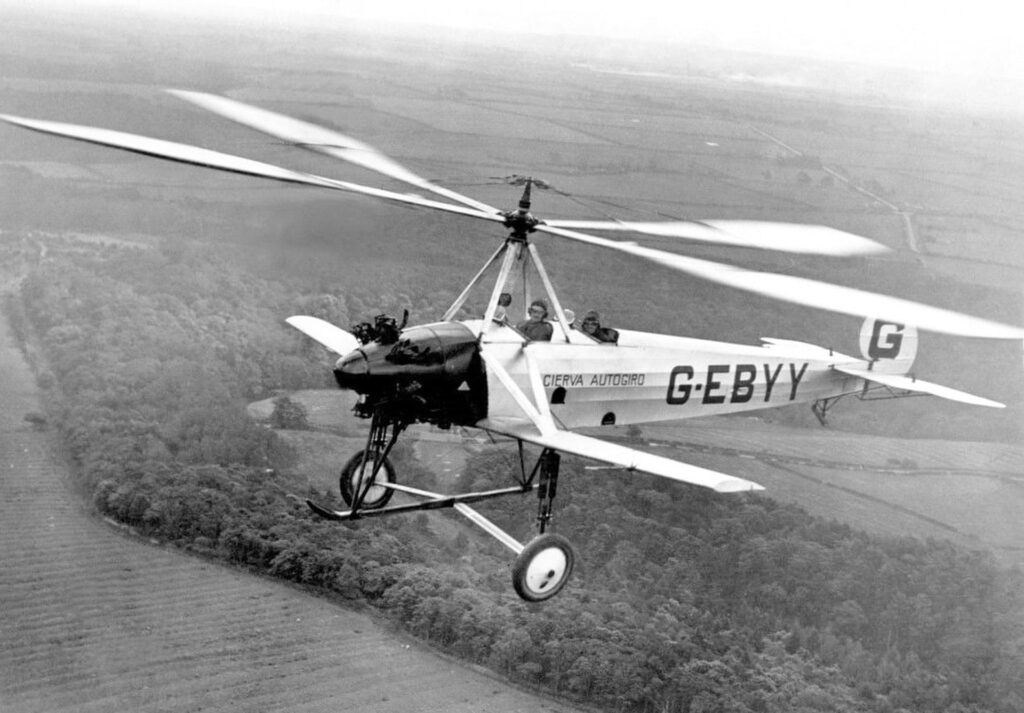
The Autogyro (Cierva) Influence:
The concept in this clipping resembles an autogyro, a type of rotorcraft that was quite popular in the 1920s and 1930s. The Spanish engineer Juan de la Cierva developed the autogyro, which had rotor blades similar to a helicopter but used forward motion provided by a propeller. While not German, this idea heavily influenced aircraft development in Europe, including Germany.
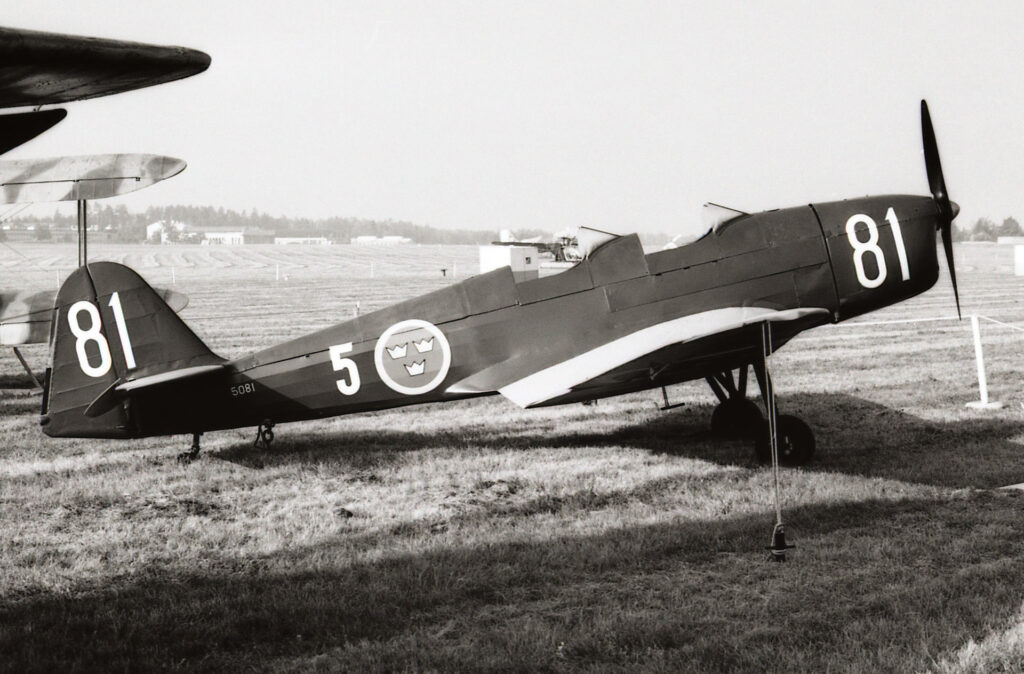
Klemm Kl 35 and BMW Fliegendes Auto (Flying Car):
In Germany, light aircraft manufacturers like Klemm experimented with small, versatile aircraft. However, they did not directly create an Aero-Auto. BMW also explored “flying car” ideas but didn’t successfully bring any prototype to fruition during the 1930s. Their primary work focused on light sports aircraft rather than hybrid road-aircraft vehicles.

Focke-Wulf Fw 61:
While not a direct “Aero-Auto,” the Focke-Wulf Fw 61, built in 1936, was one of the first successful helicopters. This marked Germany’s interest in rotorcraft technology, which could have inspired ideas of hybrid vehicles during the 1930s. The concept of rotor blades folding for road travel shows in conceptual thinking. Still, the Fw 61 focused on flight rather than road capabilities.
Later Influence — Aerocars and Roadable Aircraft:

Post-WWII saw many more attempts globally at making flying cars, but these often drew from the same concepts of the 1930s. For example, in the U.S., the Aerocar developed in the late 1940s had folding wings. While not German, it reflected an international interest in combining cars and aircraft.
In the early 1930s, the world was fascinated by aviation, spurred by rapid technological advancements in aircraft design and flight capabilities. This fascination led to numerous futuristic ideas about flying, many of which were more imaginative than practical. The era was characterized by optimism about personal and commercial air travel possibilities.
Here are some of the notable futuristic concepts from that period:
Flying Cars (Roadable Aircraft)
Much like the “Aero-Auto” concept in this clipping, the idea of flying cars was a recurring dream. Designers envisioned vehicles that could transition from road to air travel, solving the growing traffic congestion problems while allowing personal freedom in travel. These concepts often featured folding wings or rotors. Still, the technology of the time struggled with the dual needs of roadworthiness and flight capability.
Examples:

- Waldo Waterman’s Arrowbile (1937): One of the more serious attempts at a flying car, it was a roadable airplane with detachable wings. It could be driven on roads and then flown as a light aircraft.
- Curtiss Autoplane (1917): Although earlier, Glenn Curtiss’s “Autoplane” inspired 1930s designs with its idea of a car-plane hybrid that could be driven and flown.
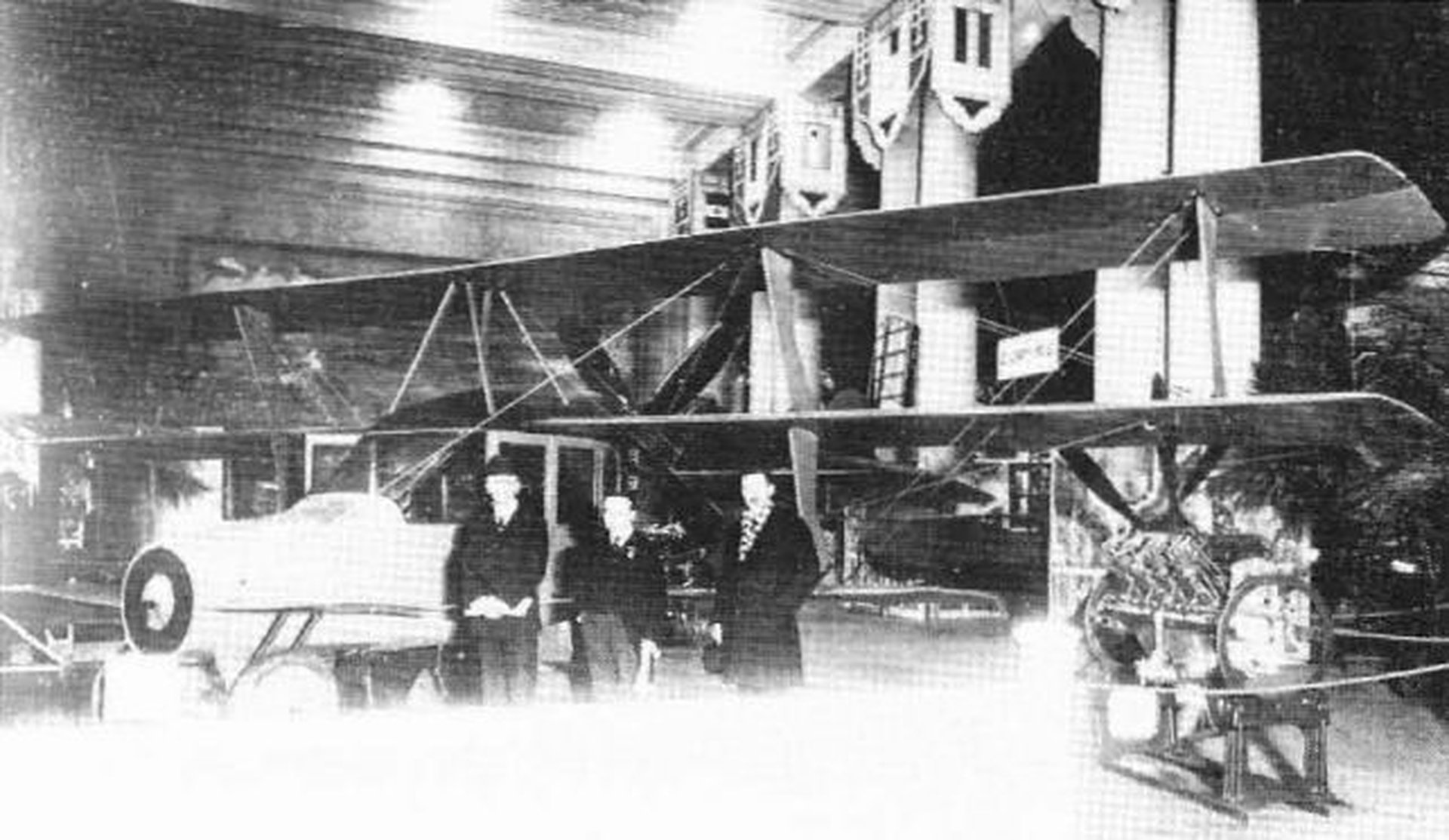
Personal Aircraft and Commuter Planes
Many believed the future of travel would involve people owning personal aircraft, much like cars. Designers imagined small, easy-to-fly planes that would take off from backyards and rooftops, making travel between cities faster and more convenient.
Examples:
- Flying Wing (1930s): This was an early attempt at a personal aircraft with a futuristic, blended-wing design. It showed an inclination toward compact, highly efficient aircraft.
- Pescara Autogyro (1930s): This personal rotorcraft concept was inspired by the autogyro, suggesting that individuals could own small rotor-based aircraft for personal use.
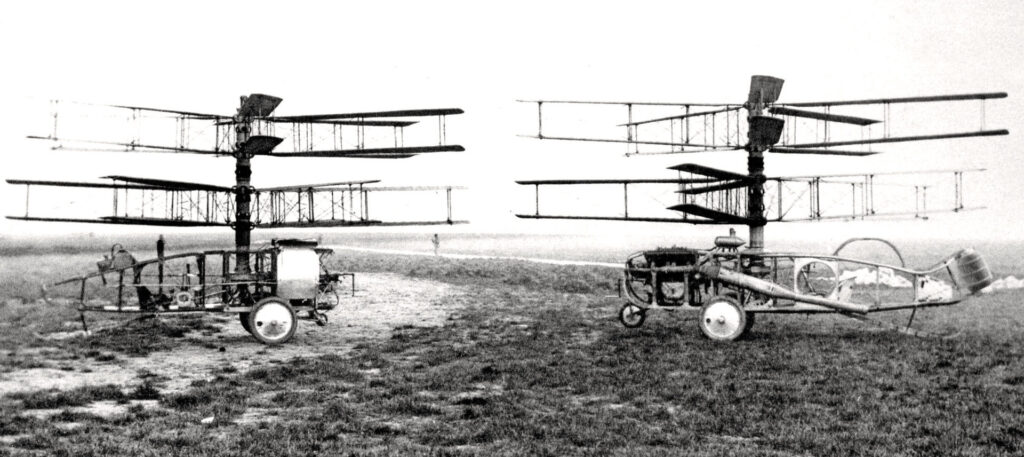
Flying Boats and Amphibious Aircraft
In the 1930s, flying boats were seen as the future of long-distance air travel, especially over oceans. The combination of air and sea capability was thought to make these aircraft ideal for international travel, particularly as they could land on water, bypassing the need for large airports.
Examples:
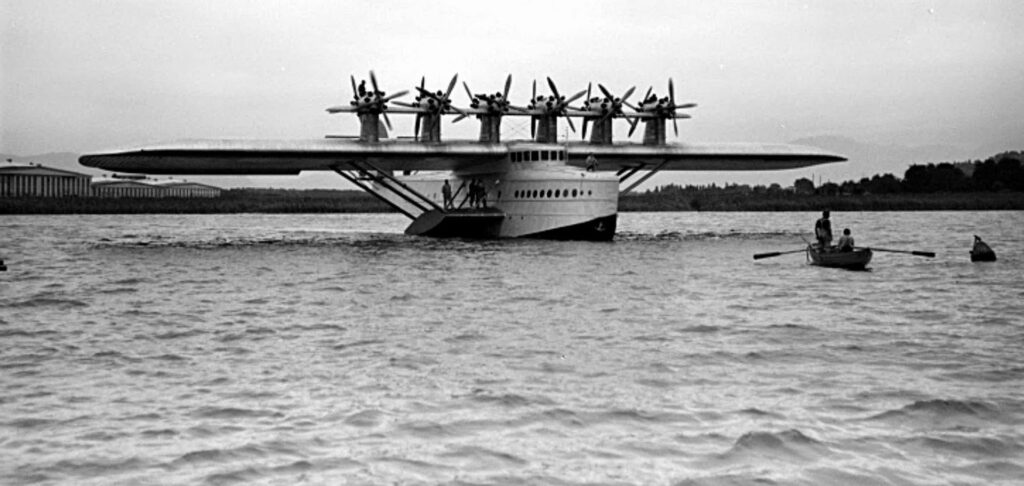
- Dornier Do X (1929): A massive German flying boat, one of the largest ever built, was envisioned as a luxury liner in the sky, designed for long-distance flights across oceans.
- Sikorsky S-42 (1934): The “Clipper” was part of Pan Am’s fleet of flying boats designed for transoceanic flights. It represented the dream of luxurious, far-reaching air travel.
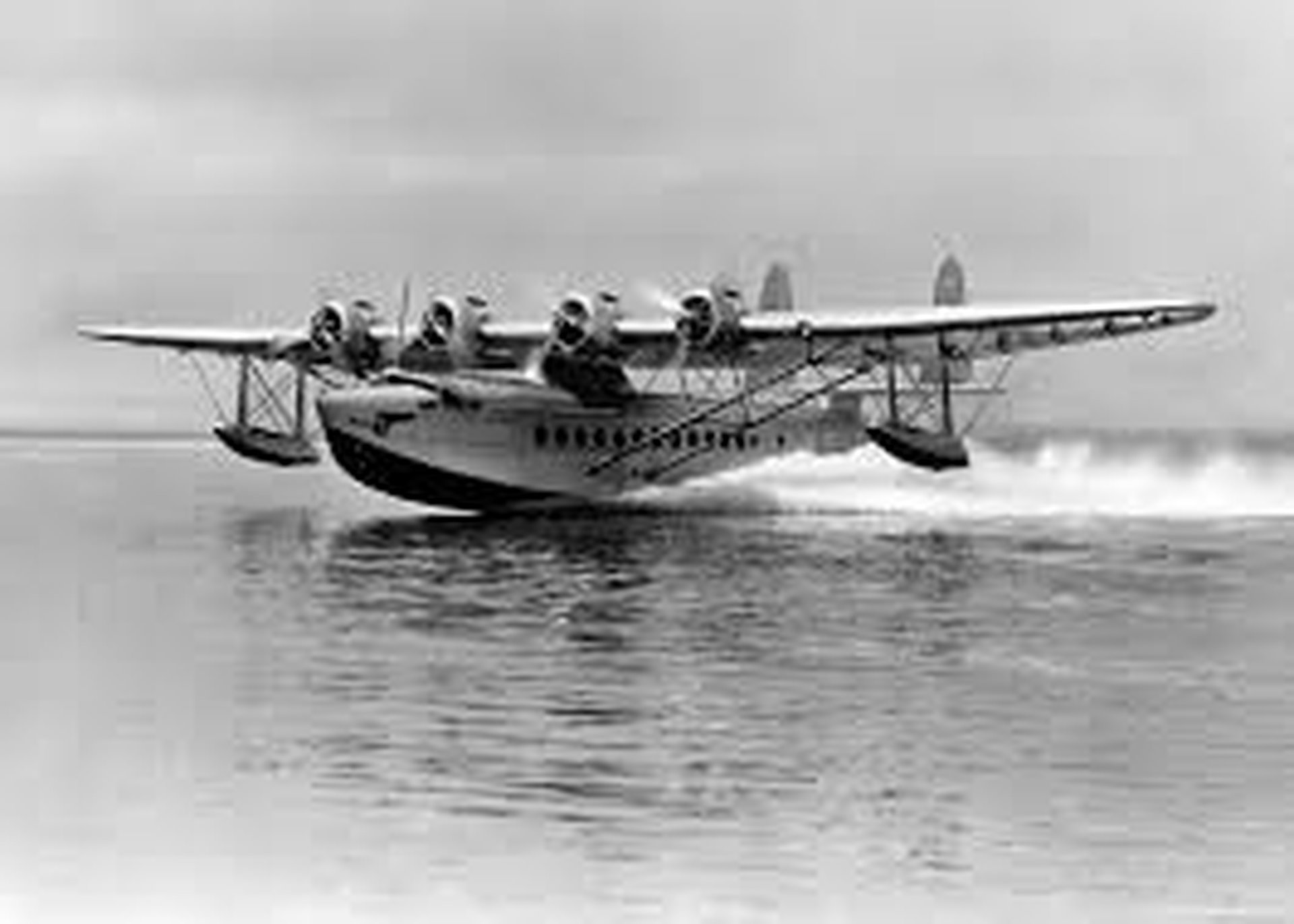
Rotorcraft and Autogyros
Before the helicopter as we know it today was perfected, rotorcraft and autogyros were seen as the future of aviation. These aircraft could take off and land vertically, which solved the problem of airplanes requiring long runways.
Examples:
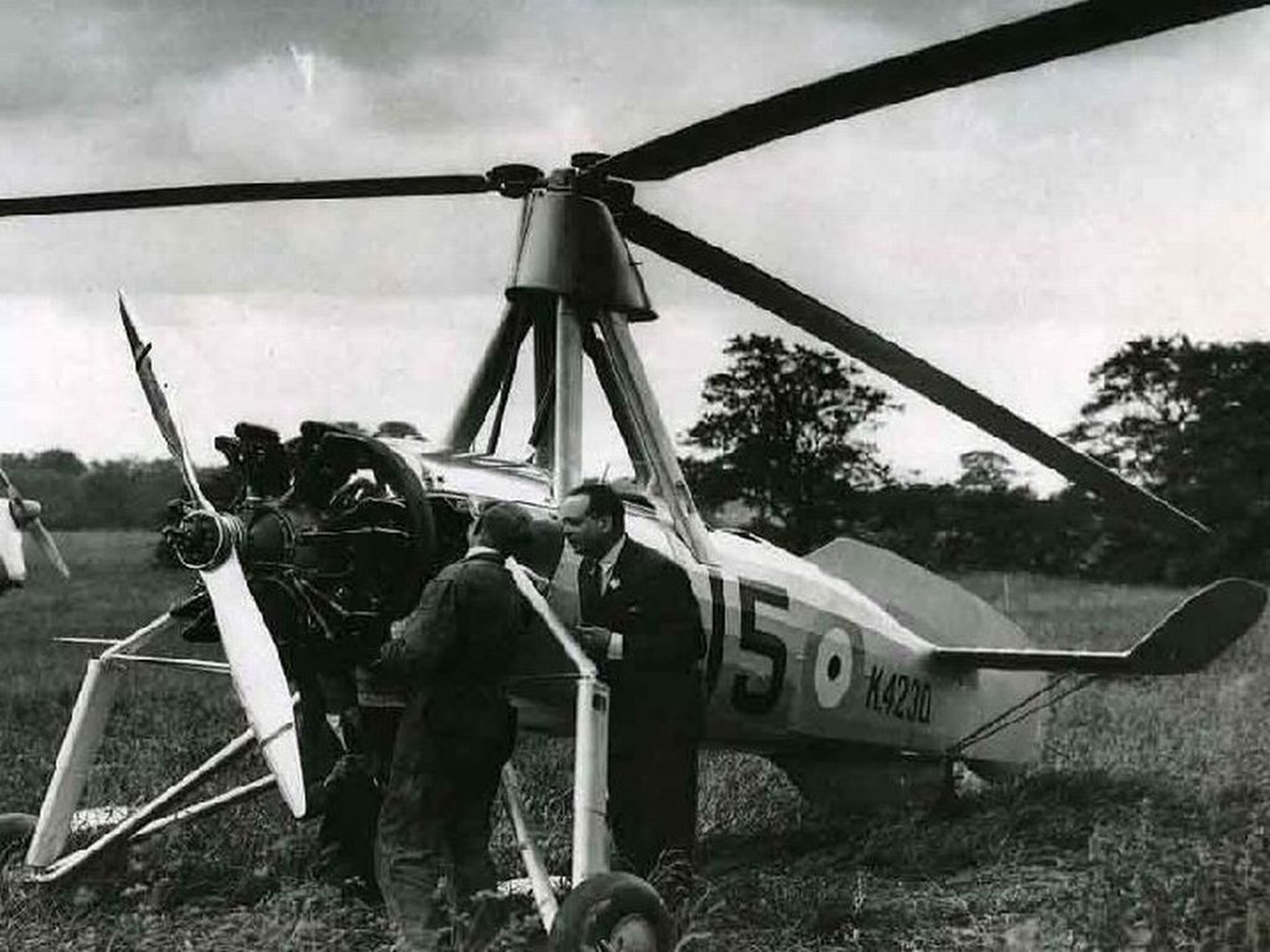
- Cierva C.30 Autogyro (1933): This design popularized the autogyro, which was seen as a viable alternative to fixed-wing aircraft, especially in areas with limited airport infrastructure.
- Flettner Fl 265 (1938): A German rotorcraft that helped pave the way for modern helicopters, designed with an innovative intermeshing rotor system.

Stratospheric and Supersonic Flight
Some aviation pioneers in the 1930s believed that the future of aviation lay in flying higher and faster. The possibility of stratospheric or even supersonic flight was often discussed, though the technology to achieve this was still far off.
Examples:

- Henschel Hs 117 “Schmetterling”: While more of a missile design, this represented Germany’s interest in high-speed, high-altitude flight. Early designs explored the possibilities of high-speed propulsion for aircraft.
- Stratospheric Balloon Flights (1930s): Although not powered flight, scientists and adventurers like Auguste Piccard reached the stratosphere in balloons, sparking public interest in future high-altitude travel.

Airliners such as Flying Hotels or Sky Cities
There were visions of future airliners being massive flying hotels, with passengers enjoying luxury accommodations, complete dining services, and lounges during their flights. These “sky cities” would be self-sufficient for long journeys.
Examples:

- Hugo Junkers’ Flying Wing Designs: Hugo Junkers, a pioneering German aircraft designer, imagined massive flying wings that would house hundreds of passengers and crew, with interiors resembling cruise ships. His concepts included sleeping cabins, dining rooms, and observation lounges.
- The Airliner No. 4 by Norman Bel Geddes (1930): This was a concept for a gigantic flying wing that would carry 600 passengers in absolute luxury, complete with promenade decks and restaurants.

Jet Packs and Personal Flight Suits
Another futuristic idea, albeit more fanciful, was the dream of personal flight through devices like jet packs. While this didn’t gain serious traction until later, some speculative designs in the 1930s suggested that individuals might one day fly using small, personal propulsion systems.
Example:
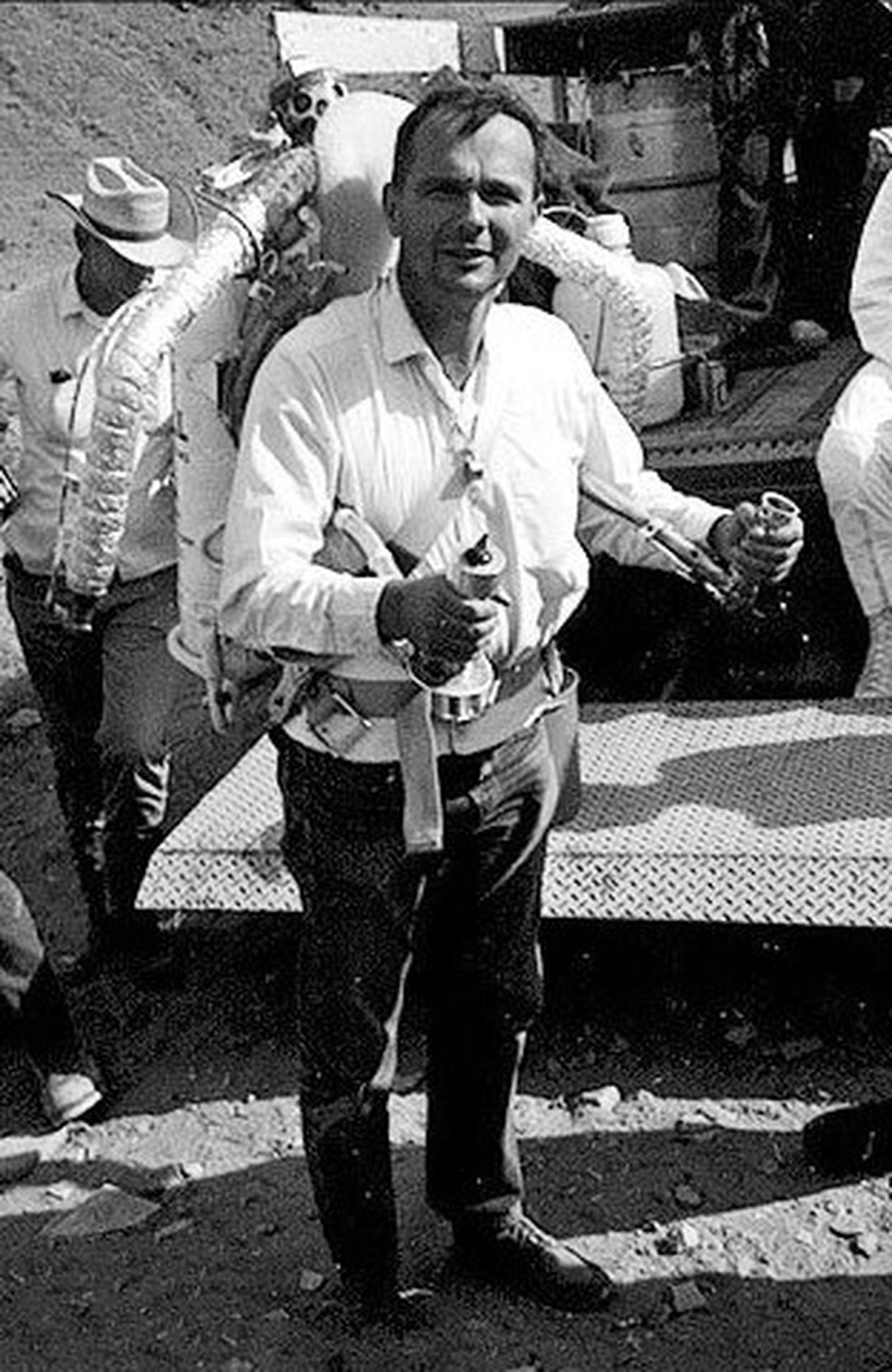
- Early Rocket Belt Concepts: Although these wouldn’t become real until the 1960s, speculative drawings of rocket-powered backpacks existed in the 1930s as part of the vision of future personal flight.
Flying Wings
Flying-wing aircraft, where the body and wings blend into one smooth, aerodynamic surface, were seen as a futuristic direction for aviation. These designs promised more efficient flight by reducing drag and increasing lift.
Example:
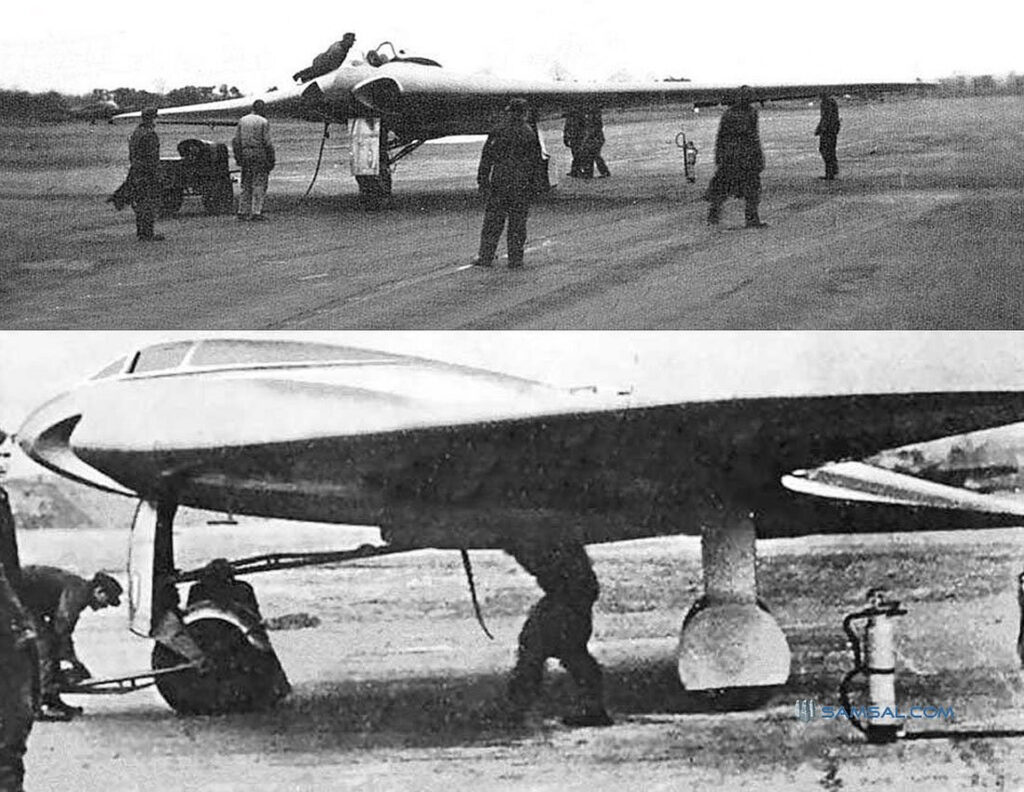
- Horten Brothers Flying Wings (1930s): The Horten brothers, German aviation pioneers, worked on several experimental flying wing designs. These later influenced stealth aircraft in the post-WWII era.
Airports in the Sky
Some visionaries imagined airports in the sky. Giant airships, flying platforms, or hovering structures could serve as mid-flight refueling stations or transfer points for passengers.
Example:

- Floating Airports (1930s): Designs for mid-flight docking or refueling stations for aircraft were seriously considered. Some proposals suggested building airports at sea; others imagined platforms that would remain in the air, allowing airplanes to land on them.
The 1930s were a time of great experimentation and optimism in aviation, and many of these ideas, while fanciful, reflect the ambition of the time. Advances in technology after WWII realized some of these visions, while others remain futuristic even by today’s standards.

I absolutely love this topic. As a kid, I often fantasized about the future of air travel, mostly picturing it as an episode from the cartoon “The Jetsons.” “Meet George Jetson.” See what I did there. If you’re familiar with that cartoon, I bet you’re singing the theme song. If not, just search for it and watch a few episodes.
Let’s wrap this up and go watch a few episodes of “The Jetsons.” Does that sound good? Anyway, thanks again, and I’ll see you in the next one!
Here are a few more fantasy art pieces to get you thinking. Enjoy!





Discover more from Buffalo Air-Park
Subscribe to get the latest posts sent to your email.



